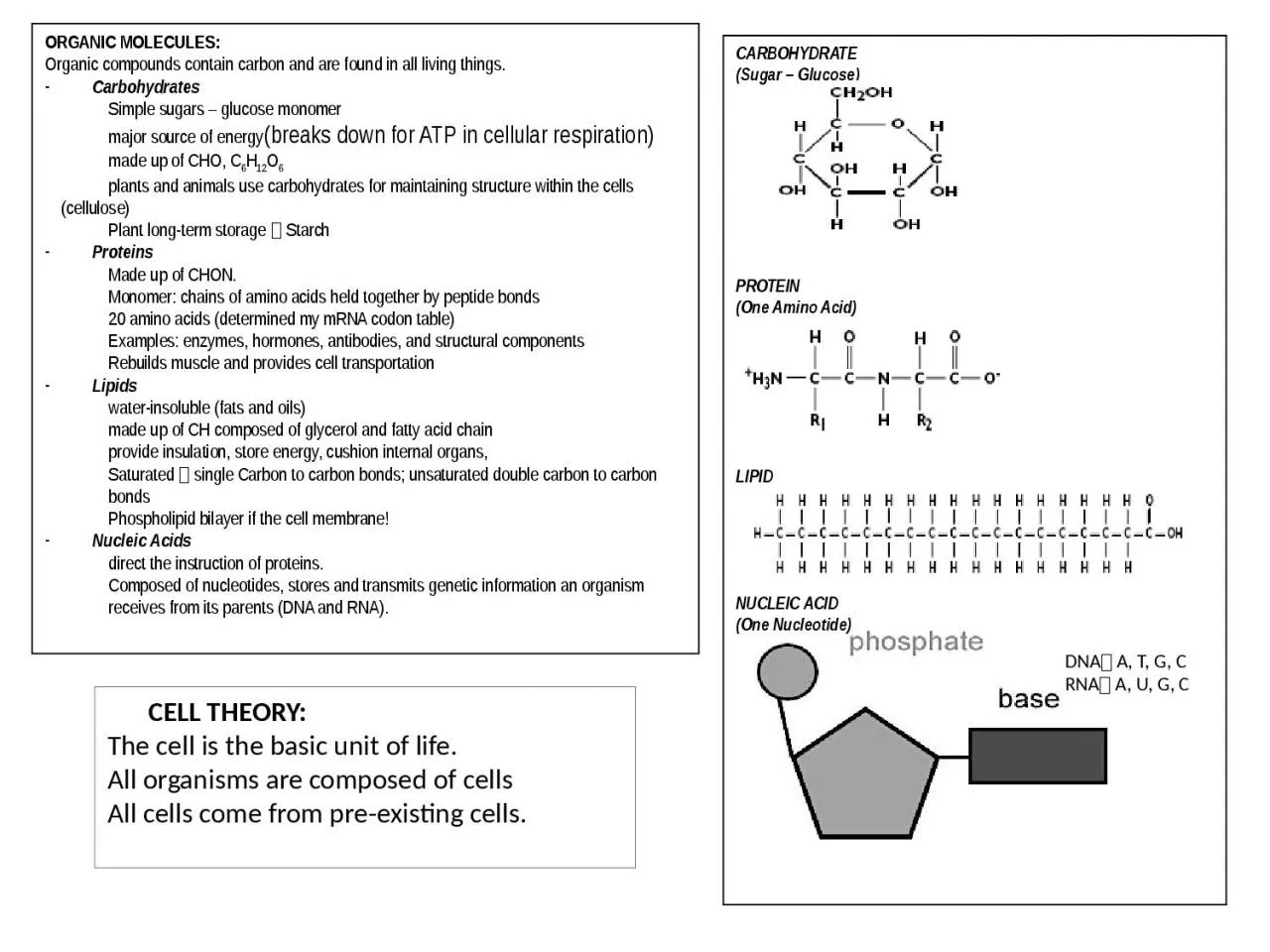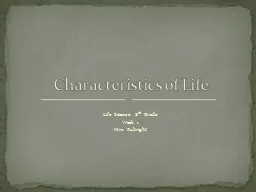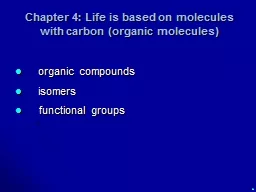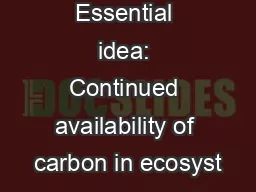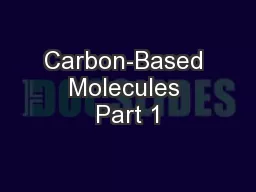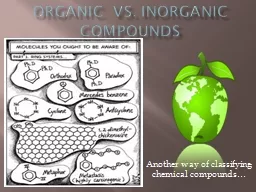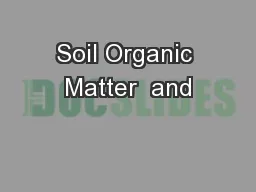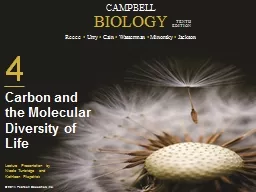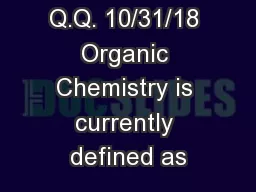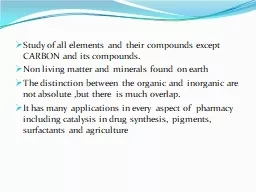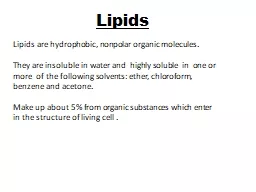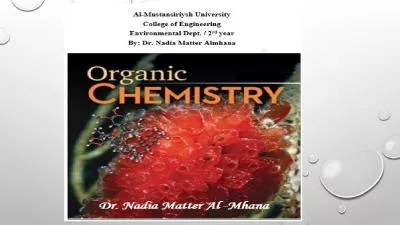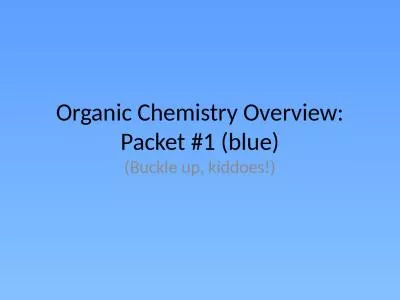PPT-ORGANIC MOLECULES: Organic compounds contain carbon and are found in all living things.
Author : alis | Published Date : 2023-09-20
Carbohydrates Simple sugars glucose monomer major source of energy breaks down for ATP in cellular respiration made up of CHO C 6 H 12 O 6 plants and animals
Presentation Embed Code
Download Presentation
Download Presentation The PPT/PDF document "ORGANIC MOLECULES: Organic compounds con..." is the property of its rightful owner. Permission is granted to download and print the materials on this website for personal, non-commercial use only, and to display it on your personal computer provided you do not modify the materials and that you retain all copyright notices contained in the materials. By downloading content from our website, you accept the terms of this agreement.
ORGANIC MOLECULES: Organic compounds contain carbon and are found in all living things.: Transcript
Download Rules Of Document
"ORGANIC MOLECULES: Organic compounds contain carbon and are found in all living things."The content belongs to its owner. You may download and print it for personal use, without modification, and keep all copyright notices. By downloading, you agree to these terms.
Related Documents

